Asking “how many keys on a piano” might sound silly to pianists. But we don’t believe in silly questions!
There are many questions about the piano’s keyboard that beginners might have. So let’s take the time to answer them.
From the number of keys and octaves pianos have to if you really need all of them — here are answers to 11 frequently asked questions about the piano’s keyboard!
How Many Keys on a Piano?
88 keys are standard on a full-size piano — whether acoustic or digital.
Additionally though, electronic keyboards can come in all kinds of configurations. Keyboards are most popular in 61-key and 76-key sizes, making them more portable.
While uncommon, there are some acoustic pianos that have 85 keys. This is usually found in older and/or more compact pianos, like the Young Chang E-101.
Similarly, there are acoustic piano with more than 88 keys. The Bösendorfer Imperial Concert Grand is the most popular example with 97 keys, allowing pianists to play 8 full octaves.
The 9 extra keys are black so you can tell them apart from the standard 88. Since most music is written within the 88 keys, most pianists wouldn’t even need them. However, the additional bass strings add a little extra resonance that contribute to the rich sound of the Imperial Bosendorfer.
How Many White Keys on a Piano?
Pianos have 52 white keys, assuming you have a standard full-size keyboard.
How Many Black Keys on a Piano?
Pianos have 36 black keys, assuming you have a standard full-size keyboard.
What are the Black Keys on a Piano Called?
The black keys on a piano are called sharps and flats.
Black keys play notes that are a half step (also called a semitone) higher or lower than their neighboring white keys (also called natural notes)
When the note is a half step higher, it’s called a sharp. When it’s a half step lower, it’s called a flat.
How Many Notes in an Octave?
There are 7 different notes in an octave — 12 half steps up from a starting note.
Unsure what a half step is? Confused why it isn’t 8 in an octave? This video breaks down the music theory a little further!
How Many Octaves on a Piano?
A standard 88-key piano has 7 full octaves, made of 7 white keys and 5 black keys.
It also has three lower notes below the bottom C: A, A#/Bb and B. This makes the entire range of a piano 7 and 1/4 octaves.
Where is Middle C on Piano?
Middle C on the piano is located roughly in the center of the keyboard.
Middle C on the piano is right between the treble and bass clef staffs. As such, it’s an important reference point for pianists, and it’s usually the first note you’ll learn when starting to read sheet music.
Why are Piano Keys Black and White?
Pianos keys are black and white for two reasons:
- it’s easier to distinguish them, and
- materials with these colors have always been common.
If every key top was instead whittled from one kind of wood, the sharp/flat keys wouldn’t stand out against the naturals.
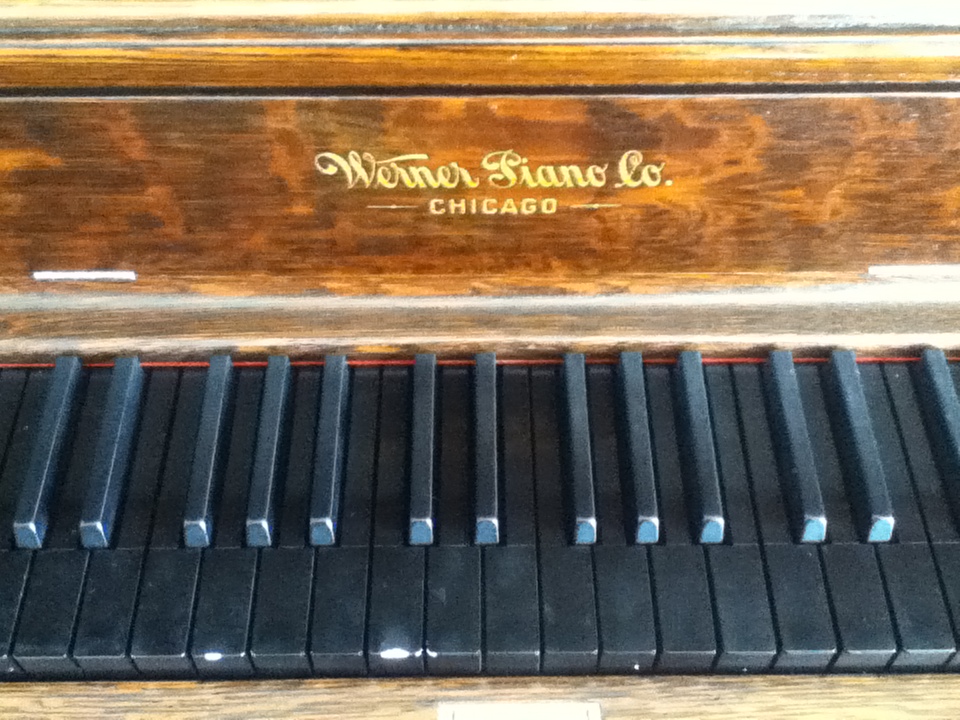
A piano with all black keys looks pretty cool, but it'd probably be a little tougher to play.
So even the earliest piano makers used a light wood for the main keys (ie. maple or sugar pine) and a darker wood for the smaller keys (ie. rosewood or ebony). (Source: The Identification of Wood Used in the Construction of 17th and 18th Century Keyboard Instruments)

This is the oldest surviving piano in the world. The white keys are brown due to being made of wood — but you can see older pianos didn't necessarily reverse the key colors.
Eventually, piano manufacturers started using ivory to make white keys. But after banning the trade of ivory, pianos typically now have acrylic tops for the white keys.
In addition to color, the materials used for keytops were preferable for grip. NEOTEX acrylic coating simulates the grip ivory provided, and real ebony wood for the sharps is a big plus for some players too!
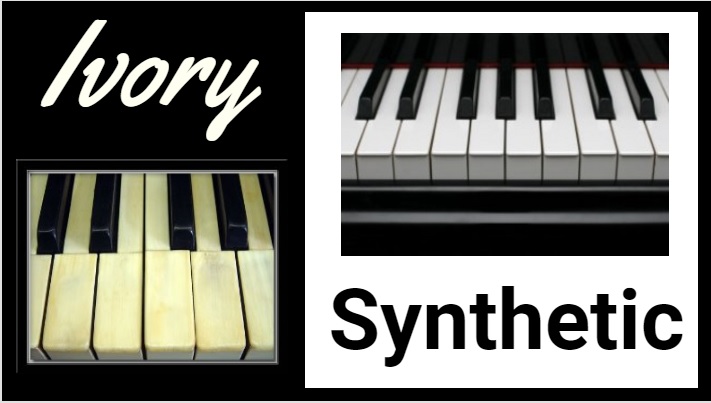
We think ivory is a fine key material if your piano happens to have it, and it's certainly classic. Just mind that you need to take care of it more. In our opinion, there are now alternatives that feel as good (if not better).
Interestingly, there are claims the black and white keys used to be reversed on a piano. However, it’s more likely that Mozart’s Fortepiano and other examples are like that simply because it took awhile for pianos to become standardized. Early manufacturers weren’t even in agreement with how many keys a piano should have!
While the colors are reversed, early piano makers did arrange the black and white keys the same way we still do today. We were right to standardize white keys for the naturals though. A piano in dark mode sounds kind of cool, but those black keys definitely blend together. Some of us have to look when we play, Mozart!
Why 88 Keys on a Piano?
The earliest versions of the piano actually had around 50-60 keys, including the 1720 Cristofori grand with 54 (just four octaves).
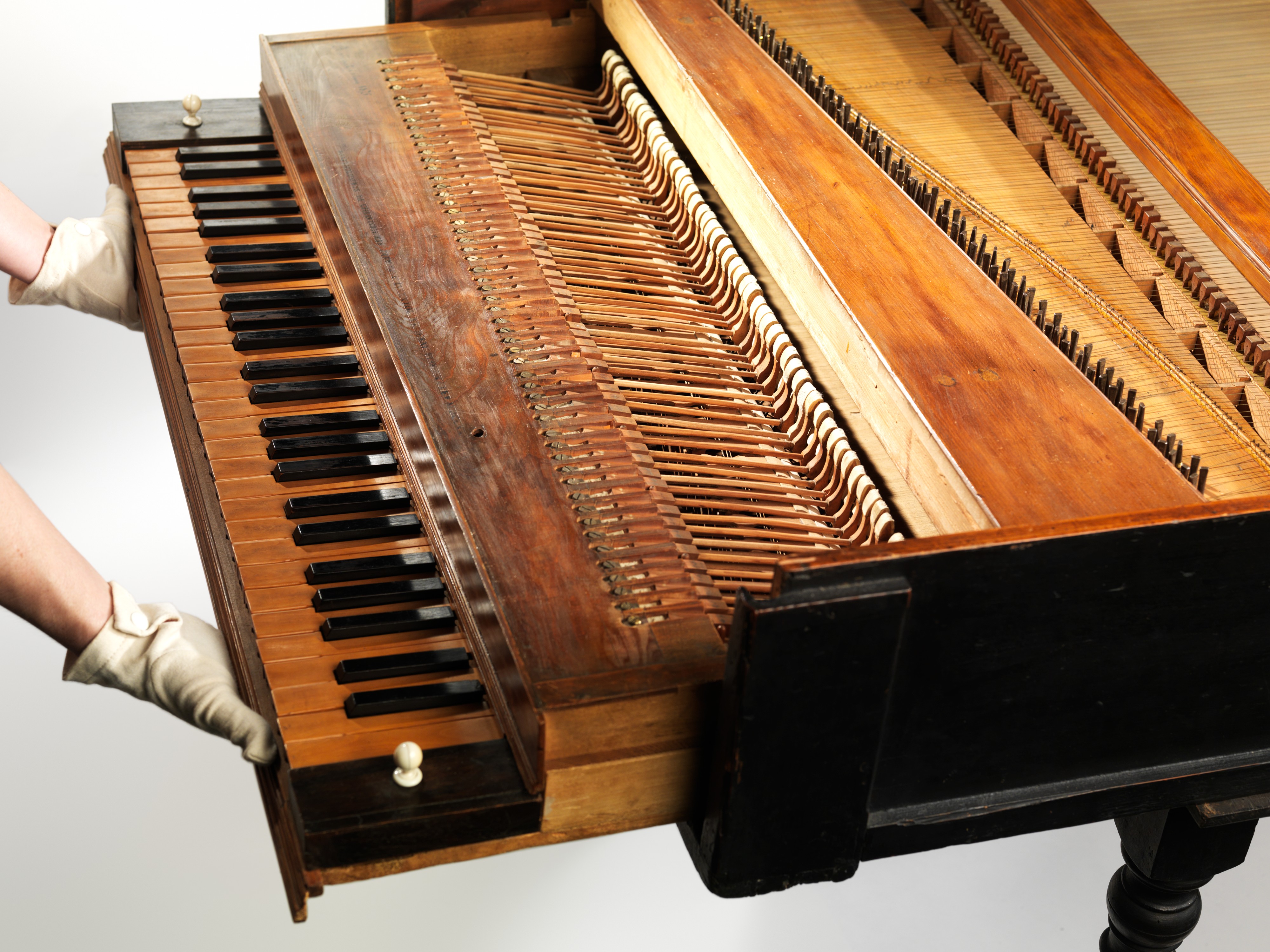
Once the instrument started gaining popularity, composers started asking for more notes to make more complex music. And as advances in technology and engineering were made, piano manufacturers started making bigger and bigger pianos.
By the mid-1800s, the most competitive piano manufacturers had gotten up to making 85-key instruments with seven octaves.
And in 1869, Steinway & Sons made the first 88-key piano with our now-standard 7 and 1/4 octaves. This caught on, and by the early 1900s, pianists like Liszt and Rachmaninoff had popular repertoires that took advantage of the piano’s full range.
Here’s “Little Waltz with the Piano Tuner” performed by Edward Leonard. It uses all 88 of a piano’s notes!
Today, making a piano with more than 88 keys is technically possible. It just isn’t done often since:
1) Most music can be played on a standard piano as-is.
Fun fact: when listening to a symphony, the lowest note of the lowest instrument — the double bass — and the highest note of the highest instrument — the piccolo — cover a little less than the 88 notes on a piano. So when you play a piano, you have more notes at your fingertips then the rest of western music combined!
2) Making a bigger piano takes a lot more effort and money.
3) It gets harder for humans to hear the pitches beyond our standard 88 notes.
The human ear can hear sounds in the range from approximately 20 Hz to 20,000 Hz, but the upper limit of frequencies that the human brain can discriminate is at the very most around 4,000 Hz. (Source: Yamaha)
Do You Need 88 Keys to Learn Piano?
If you are committed to learning, it is best you get an full-size 88-key piano since it gives you room to grow to your fullest potential.
However, beginners will be fine using a piano with fewer keys, at least for a year or two. It’s unlikely they’ll use much of the piano’s entire key range before then.
That said, while you can upgrade to a bigger piano as you improve, most people only buy a piano once, and you might as well make it count!
Some beginners choose to start on 61-key keyboards. While they’re very compact and affordable, the number of keys isn’t the issue so much as the feel of them is. Just one of the reasons why you shouldn’t learn to play piano on a keyboard!

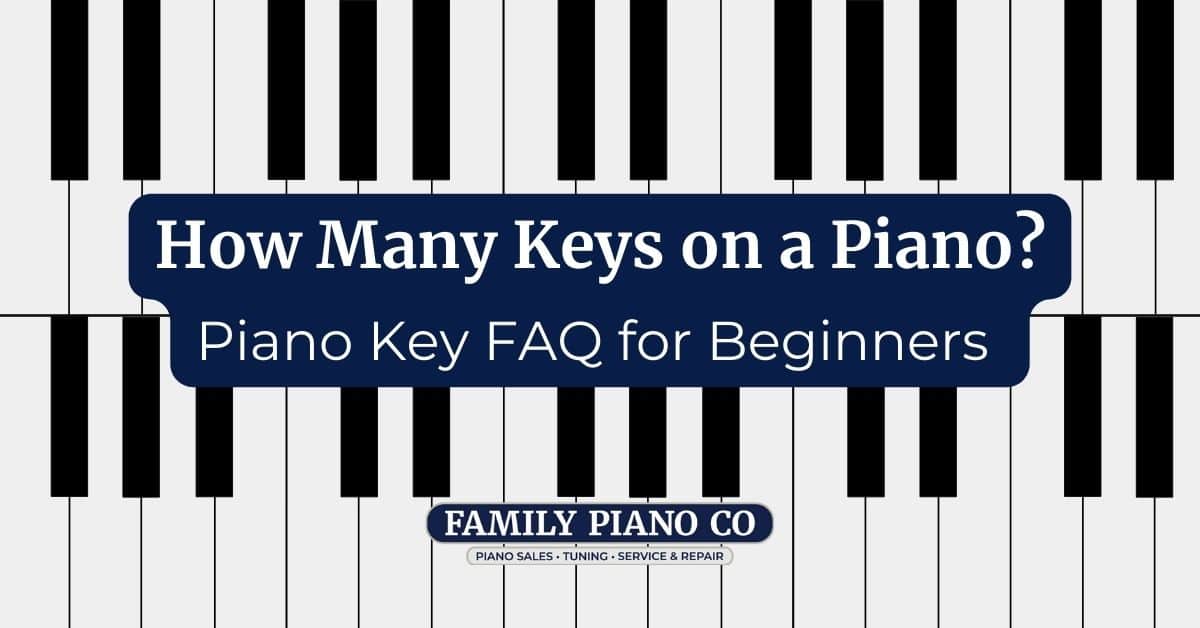
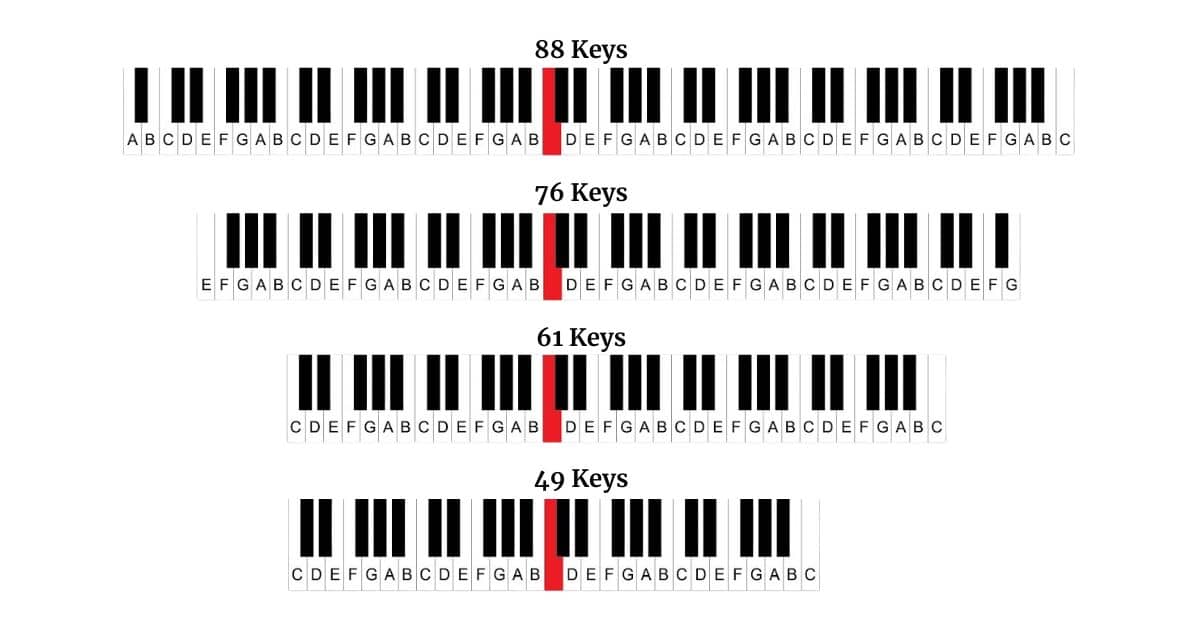




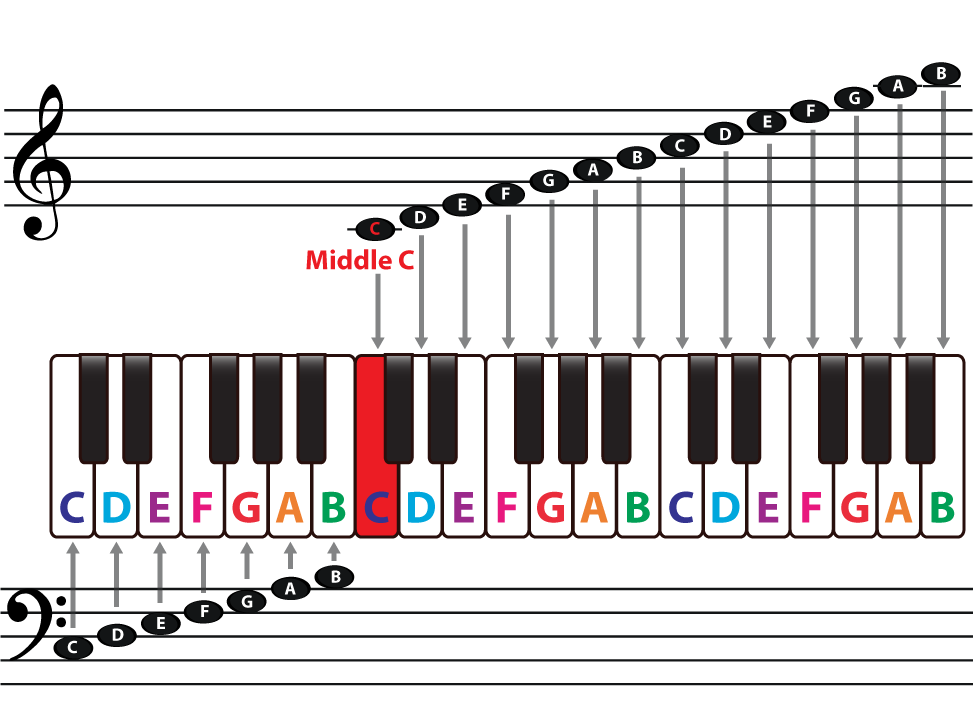
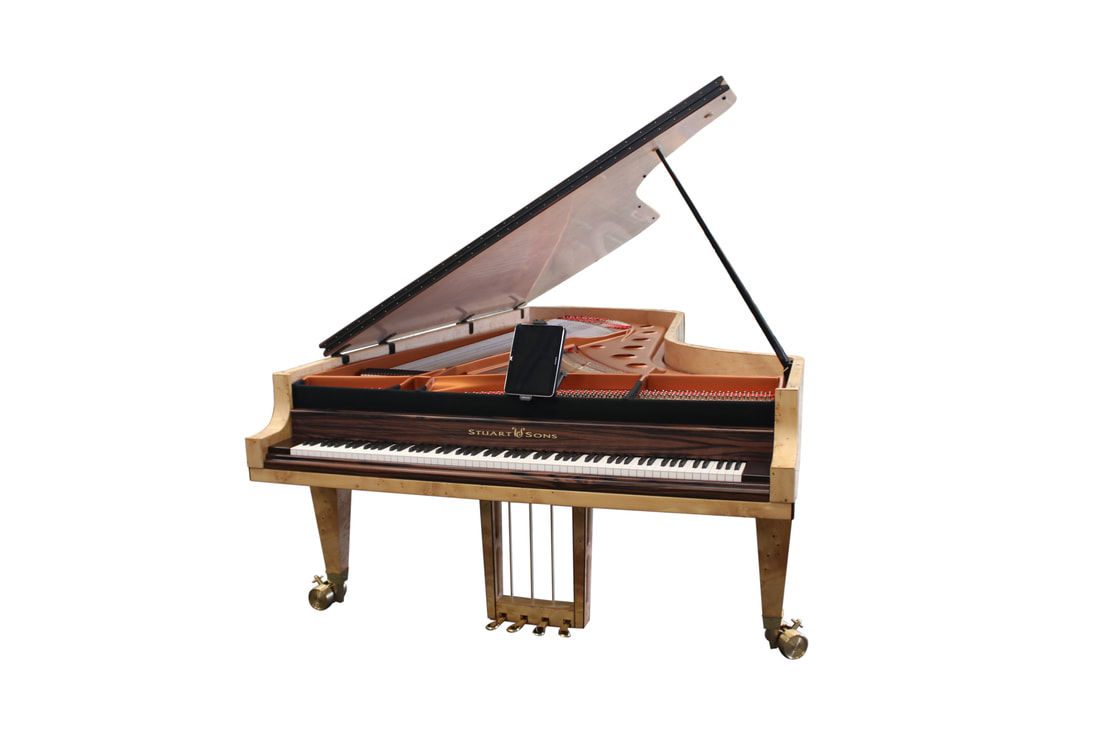



0 Comments